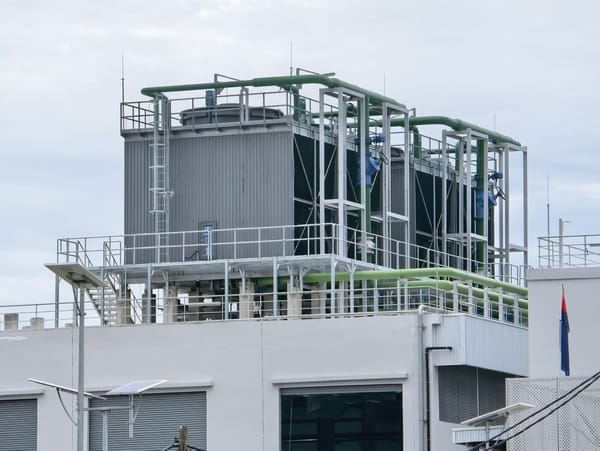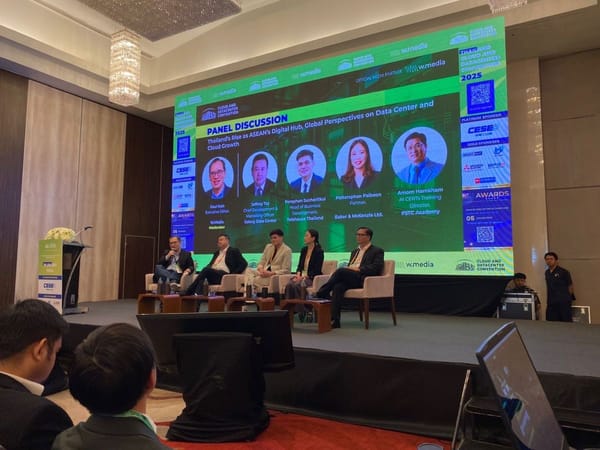Cyberattack brings Jaguar Land Rover to its knees
Advanced manufacturing systems became its biggest weakness in a major cyberattack.

A major cybersecurity breach at Jaguar Land Rover (JLR) has brought its entire production to a halt. The first signs that something was wrong appeared on the last Sunday of August. By Monday morning, as the extent of the hack emerged, systems were shut down.
Over three weeks later, the company is still unable to manufacture vehicles at any of its factories across four countries. Production has gone from an estimated 1,000 vehicles a day to zero. Why is it taking so long for a manufacturing giant to get back online?
A silent production line
The financial and operational impact of the shutdown is massive. Based on its production numbers, JLR could be losing over £50 million a week in revenue. This isn't just an internal problem; it threatens a supply chain of around 700 companies that depend on JLR's business. Some of these suppliers have reportedly already been forced to lay off staff.
According to reports, JLR’s cybersecurity was outsourced to Tata Consultancy Services (TCS), which runs its key systems and networks. This detail is notable because JLR's parent company is the Tata Group, which also owns TCS.
Not much is publicly known about the attack itself, though it appears hackers have deeply infiltrated JLR's computer systems. Some reports suggest the breach may have involved social engineering, allowing attackers to steal data and deploy ransomware across the network.
The recovery timeline highlights the severity of the situation. An initial restart date was pushed back, with production now slated to resume gradually from November 1st. A phased restart over several weeks indicates this is not a simple case of restoring from a backup.
When digital integration becomes a weakness
Why did recovery take so long? The ironic answer seems to lie in the sheer sophistication of JLR's manufacturing systems, which are considered among the most advanced in the industry.
All its factory systems are fully digital and tightly integrated, from the supply chain right through to the assembly line. JLR even deployed a private 5G network to better connect its IoT sensors and precision tools. This high level of integration, designed for maximum efficiency, created a single attack surface.
There has been no suggestion that JLR couldn't restore its data. However, the challenge is ensuring that the thousands of interconnected systems can all be purged of malware and restarted in a perfectly consistent state.
The key takeaway here is a paradox: the most high-tech operations are often the most heavily impacted by cyberattacks. Their complexity is a strength in production but a significant weakness in recovery. I also wonder what they plan to do with the estimated 1,000 vehicles left in varying stages of assembly on the factory floor.
For now, the term 'cyberwar' feels less like a whimsical industry buzzword and more like a clear and present danger.




